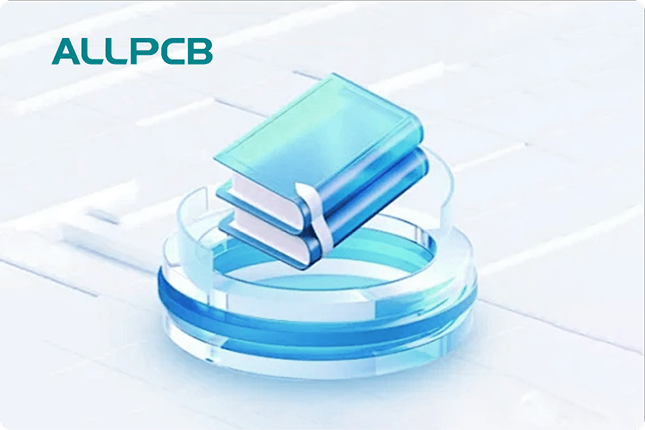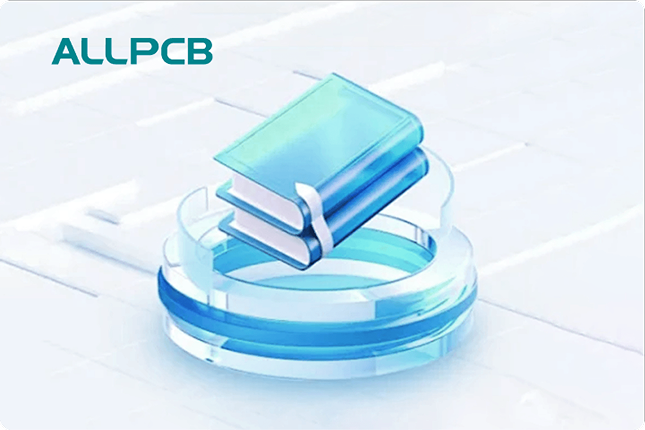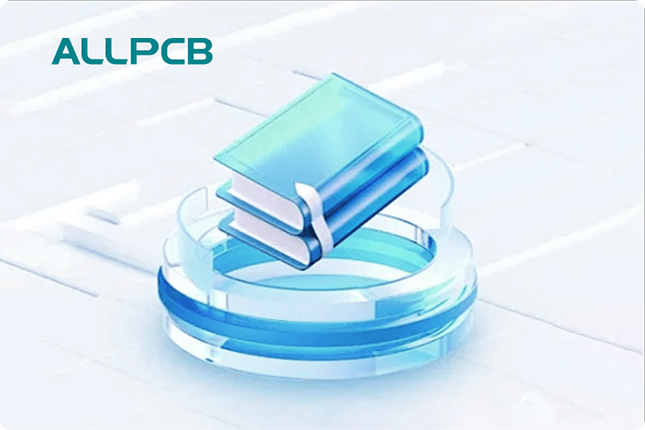Understanding the role of prepreg materials in a 14-layer PCB design is critical for engineers looking to achieve high performance in multilayer circuit boards. A key component in PCB stackup, prepreg materials directly impact the dielectric constant, dielectric loss, and overall signal quality of a 14-layer PCB. In this blog post, we’ll dive deep into how prepreg materials influence stackup design, why they matter for dielectric properties, and how they can be optimized for multilayer PCB projects focused on high-frequency and high-speed applications.
What Are Prepreg Material and Its Importance in a 14-Layer PCB?
Prepreg, short for pre-impregnated material, is a dielectric layer used in multilayer PCB design. It is typically a fiberglass cloth infused with resin, which is then cured to a specific degree before being laminated between core layers or between a core and a conductive foil. In a 14-layer PCB, prepreg materials play a critical role in providing insulation between conductive layers, directly influencing the board’s dielectric constant and dielectric loss. These properties are essential for signal transmission, especially in high-frequency applications where signal distortion must be minimized.
For engineers working on complex multilayer PCB projects, selecting the right prepreg material is a foundational step. The dielectric constant of the prepreg dictates how well the board can handle high-speed signal transmission, while the dielectric loss indicates the energy dissipation during signal travel. A well-chosen prepreg material can reduce crosstalk and improve impedance control, making it a critical factor in a 14-layer PCB stackup.
Why Focus on a 14-Layer PCB Design?
A 14-layer PCB is often used in advanced applications like telecommunications,強, and high-performance electronics where space, performance, and signal quality are critical. These boards consist of multiple layers of conductive and dielectric materials, including prepreg, to form a complex stackup. The increased layer count means more opportunities for signal interference and impedance issues, making the choice of prepreg materials even more significant. By optimizing the dielectric constant and minimizing dielectric loss through proper material selection, engineers can ensure that the board performs reliably, even under demanding conditions.
Key Factors in Prepreg Material Selection for 14-Layer PCB
1. Dielectrics and Dieelectric Constant
The dielectric constant, often referred to as relative permittivity, measures the ability of a material to store electric energy in an electric field. In a 14-layer PCB, a lower dielectric constant in the prepreg material can lead to better signal speed and reduced signal delay. For instance, a prepreg with a dielectric constant of around 3.0 or lower is often ideal for high-frequency applications, as it minimizes signal distortion across the multilayer stackup. Engineers must balance this with other factors like cost and manufacturability when selecting materials for their PCB design.
2. Managing Dieelectric Constant
Alongside the dielectric constant, dielectric loss (or dissipation factor) is another critical property. This measures the energy lost as heat during signal transmission through the prepreg material. A high dielectric loss can均 signal quality, particularly in a 14-layer PCB where multiple layers251 the effect. Choosing a prepreg with low dielectric loss, often below 0.01 or less at operating frequency, can significantly improve performance in multilayer PCB design.
3. Compatibility with Multilayer PCB Design
Prepreg materials must be chosen based on their compatibility with the overall stackup materials in a 14-layer PCB. For instance, the prepreg should have a resin content and glass style that match the core materials to ensure consistent laming and avoid issues like delamining or voids. This compatibility also extends to the board’s intended operating environment, as temperature and humidity can affect the dielectric properties of the prepreg over time.
4. Thickness and Layer Spacing
In a 14-layer PCB, the prepreg material’s thicknesses directly impact the spacing between conductive layers. Thinner prepreg layers, often around 2 to 5 mils, are used to control impedance tightly in high-speed applications, while thicker layers may provide better insulation for power distribution. Engineers must select a prepreg that balances these needs while adhering to the overall stackup design requirements for signal and power layers.
Optimizing Prepreg for Dieelectric Constant in 14-Layer PCB
Optimizing the dielectric properties of prepreg materials in a 14-layer PCB requires a focus on several key strategies:
- Selecting the negoti Resin System: Different resin systems, like epoxy or polyimide, offer distinct dielectric properties. For high-frequency applications, a low-loss resin system can reduce dielectric loss and improve the dielectric constant across the stackup.
- Controlling Glass Fiber Ratio: The glass-to-resin ratio in prepreg materials can influence dielectric performance. A higher glass content often results in a more stable dielectric constant but may increase dielectric loss if not properly managed.
- Testing for Consistency: Prepreg materials should be tested for dielectric consistency across the 14-layer PCB design to ensure uniform performance, especially in large-format boards where variances can occur.
Stackup Material Considerations for Multilayer PCB Design
In a 14-layer PCB, the stackup materials encompass more than just prepreg. The core layers, conductive materials, and surface finishes all play a role in the overall performance. However, prepreg remains a central focus due to its direct impact on dielectric properties. A well-designed stackup will balance the dielectric constant and dielectric loss of the prepreg with the needs of the other layers to achieve a board that is both high-performing and cost-effective to manufacture.
For example, a common stackup for a 14-layer PCB might include alternating layers of high-speed and power planes, with prepreg materials chosen for their low dielectric constant in the signal layers. This setup helps maintain signal quality while providing sufficient power distribution across the board. Engineers can further optimize this by using prepreg materials with tailored thicknesses to control impedance at specific layers.
Practical Tips for Using Prepreg in 14-Layer PCB Design
Here are some actionable strategies for engineers looking to optimize prepreg materials in their multilayer PCB design:
- Prioritize Signal Layers: Use prepreg with a lower dielectric constant in layers where high-speed signal transmission is critical, such as near the top and bottom of the stackup.
- Match Material to Frequency: For high-frequency applications, select a prepreg that has been tested for dielectric loss at the specific operating frequency of the PCB, often in the GHz range for modern devices.
- Simulate and Test: Use design software to simulate the dielectric properties of the prepreg within the 14-layer PCB stackup before committing to a material. This can help identify potential issues early in the design process.
Conclusion
Prepreg materials are a fundamental component in the design of a 14-layer PCB, directly influencing the dielectric constant, dielectric loss, and overall performance of the multilayer stackup. By understanding the role of prepreg and optimizing its properties, engineers can create high-performing boards that meet the stringent requirements of modern electronic applications. From selecting the right resin system to balancing layer thicknesses, every decision regarding prepreg materials contributes to the success of the PCB design. As multilayer PCB design grows more complex, the importance of prepreg will only continue to increase, making it a critical area of focus for any engineers.
 ALLPCB
ALLPCB







